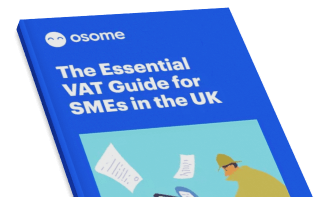VAT (Value Added Tax) is a consumption tax that's tacked on to a product or service as its value rises during the production or distribution process.
VAT reverse charge, on the other hand, means that customers can charge themselves VAT and pay it immediately to HM Revenue and Customs (HMRC) rather than waiting for the supplier to give them an invoice.
The VAT reverse charge mechanism transfers the burden of VAT recording from the seller to the buyer of a commodity or service. The initiative makes it easier for buyers to file VAT returns without the seller having to register as a VAT payer in the nation where the goods or services were delivered.
When computing the reverse charge, customers need to keep in mind that the VAT rate on the supplier's side should be treated as if the provider were operating in the nation where the transaction is taking place. The taxable value is the amount paid to the provider, and the reverse VAT is computed by multiplying it by the appropriate VAT rate (for example, 30 %). This VAT figure should be included in the beneficiary's sales and purchases sections.
The commonly used formula to calculate VAT Reverse is: (Original Figure) divided by 1*. (The VAT %) *equals New Figure excluding VAT. To find the entire amount of VAT that has been taken from your original figure, subtract the Original Figure from the New Figure Excluding VAT.





